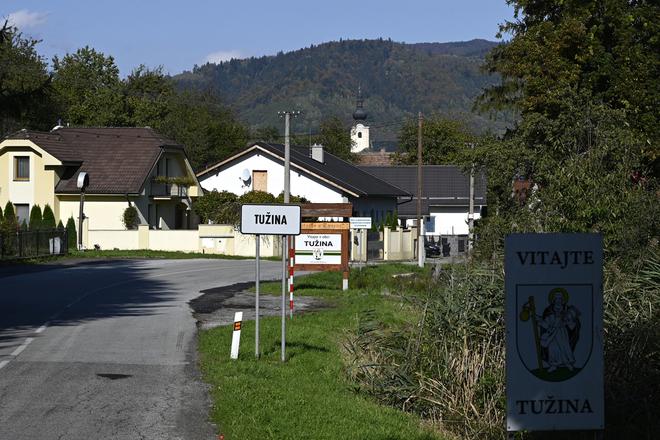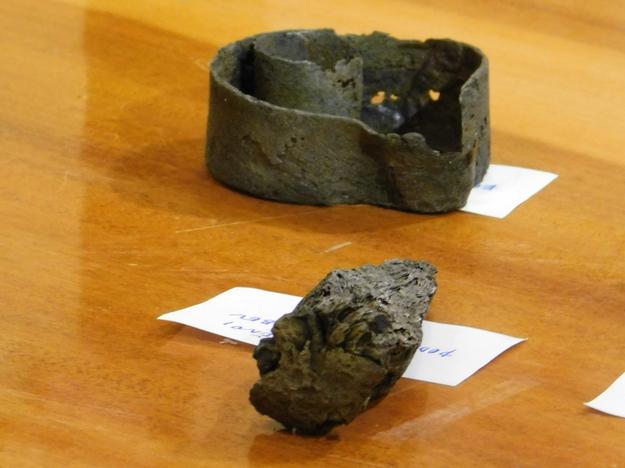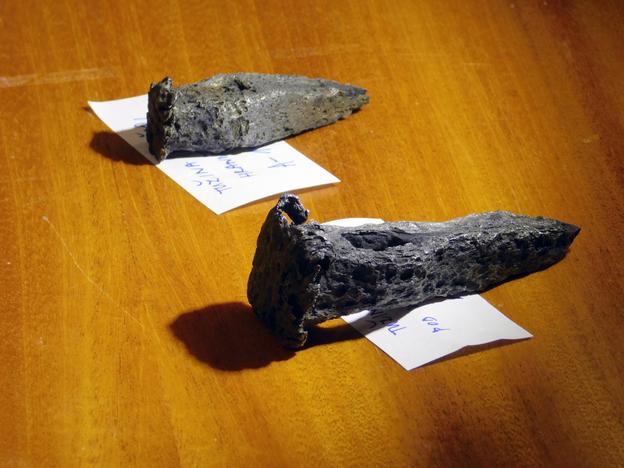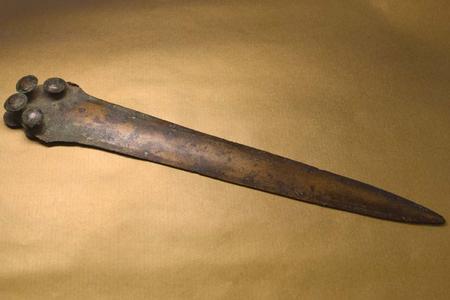Newly discovered relics and archaeological finds from the Malá Magura hills have confirmed what experts only assumed to be true – gold mining in the village of Tužina in the Trenčín Region.
Unlike the neighbouring villages of Malinová, Chvojnica and Nitrianske Pravno, where gold was long known to have been mined, experts have recently learnt about terrain anomalies in Tužina resulting from mining activity.
“There were at least two large mining complexes in the Tužina area,” Hornonitrianske Museum in Prievidza reported on its website.
Their remnants are located on a slope above Tužina Stream.
The gold rush peaked in this part of the Trenčín Region, which is known as the Upper Nitra region, in the late 14th century, when German settlers also established Tužina.
Tužina mining areas
The larger mining area consists of two mining tunnels and a vast field of exploration pits, which have changed the landscape, experts from the museum said.
A quiet coniferous forest covers dozens of these pits today.
Miners used the surface mining technique to verify the presence of a gold vein and check the subsequent profitability of digging a tunnel.
“Mining irons, simple tools, also evidence the work of miners here,” the museum said.
However, the smaller mining area with a tunnel and a pit that provided archaeologists with more finds. Mining irons, a mining wedge, as well as a metal lamp have recently been discovered in the area.
Someone dug out the finds using a metal detector, which is illegal in Slovakia, and they handed them over to the museum through an intermediary.
Rare metal lamp
A small house for miners, a krámik, used to stand on the slope, experts added. Miners stayed all spring and autumn and stored everything they needed in it, from food supplies to tools.
“The lamp is a rarity because it shows that miners entered the underground area in Tužiná,” archaeologist Dominika Andreánska from the museum told the TASR newswire, “It complements the overall picture of gold mining in Upper Nitra.”
The mining of stream bed deposits has been confirmed in Malinová. The mining tunnels are typical for Chvojnica, and miners worked both on the surface and under the ground in Tužina.
But when exactly the Tužina mining areas were created is hard to date as mining tools did not follow any trends. “The metal lamp remains the most accurate means of setting the areas into a period,” the museum said.
Metal lamps were replaced with clay variants in the mid-16th century.
German settlers wrong
The gold rush occurred in the region because nobody knew how much gold there actually was, Hornonitrianske Museum expert Ján Vingárik told TASR.
“There was enough of it, given the findings of golden grains in streams flowing from the hills,” he argued. Germans settled in the area and expected a huge boom to continue for years to come but they were wrong, he added.
“It later turned out the available gold reserves were not as extensive as in volcanic areas.”






